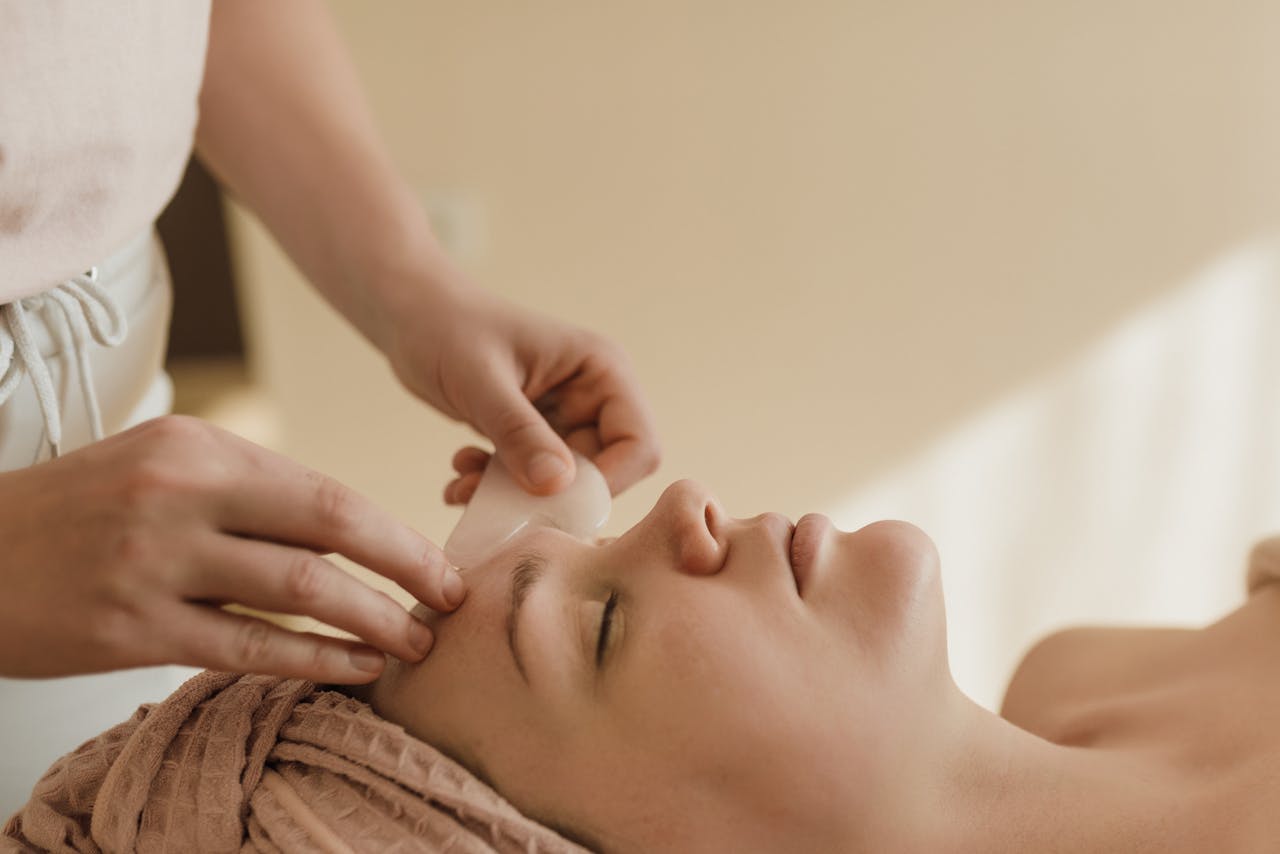How to Identify When It’s Time for Advanced Upskilling in Your Aesthetic Career

In the ever-evolving world of aesthetics, staying ahead of the curve is not just beneficial; it’s essential. As new technologies, techniques, and trends emerge, practitioners must continually assess their skills and knowledge to remain competitive and provide the best possible care to their clients. But how do you know when it’s time to invest in advanced upskilling? Here are some key indicators that can help you make that decision.
Recognising Industry Changes
The aesthetic industry is dynamic, with innovations and regulations changing rapidly. If you find yourself feeling out of touch with the latest advancements, it may be time to consider further education. For instance, new treatment modalities, such as advanced laser techniques or non-surgical body contouring, can significantly enhance your service offerings.
Moreover, regulatory changes can impact your practice. Staying informed about these shifts is crucial, and if you notice that your knowledge is lagging, it’s a clear sign that you should seek out expert-level upskilling for practitioners. This can help you navigate the complexities of compliance while ensuring that you’re providing safe and effective treatments.

Client Expectations and Feedback
Your clients are often the best indicators of when it’s time to upskill. If you’re receiving feedback that suggests they are looking for more advanced treatments or if they are inquiring about services you don’t currently offer, it’s a strong signal that you need to expand your skill set.
For example, if clients are asking about the latest in dermal fillers or skin rejuvenation techniques, and you feel unprepared to meet those requests, it’s time to consider advanced training. Listening to your clients not only helps you understand their needs but also positions you as a responsive and knowledgeable practitioner.
Professional Development Goals
Every aesthetic practitioner should have a set of professional development goals. If you find that your current skills are not aligning with your aspirations—whether that’s moving into a more specialised area or aiming for a leadership role in your practice—it’s time to reassess your training needs.
Consider what you want to achieve in your career. Are you looking to specialise in a particular treatment? Do you want to take on more responsibility within your practice? If your current qualifications don’t support these goals, advanced upskilling can bridge that gap.
Networking and Peer Influence
Engaging with peers in the aesthetic industry can provide valuable insights into when it’s time to upskill. If you notice that your colleagues are pursuing advanced training or certifications, it may be worth considering why they are doing so.
Networking events, conferences, and workshops are excellent opportunities to learn about the latest trends and training options. If you find that your peers are discussing advanced techniques or new technologies that you’re unfamiliar with, it’s a clear indication that you should explore further education.
Personal Confidence and Competence
Self-assessment is a crucial part of recognising when to upskill. If you feel uncertain about your abilities or lack confidence in performing certain procedures, it’s time to take action. Confidence often comes from knowledge and practice, so investing in advanced training can help you feel more competent in your skills.
Reflect on your recent experiences. Have you felt hesitant during client consultations or while performing treatments? If so, this could be a sign that you need to enhance your expertise. Advanced training can provide you with the knowledge and hands-on experience necessary to boost your confidence.
Market Demand and Competition
The aesthetic market is competitive, and understanding the demand for specific treatments in your area can help you identify when to upskill. If you notice that certain services are gaining popularity and you’re not equipped to offer them, it’s time to consider advanced training.
Research local competitors and their service offerings. Are they providing treatments that you don’t? If so, this could be a significant opportunity for you to expand your practice. By staying informed about market trends, you can position yourself as a leader in your field.
The Role of Technology
Technology plays a pivotal role in the aesthetic industry, and keeping up with advancements is crucial. If you find that you’re not familiar with the latest equipment or software used in treatments, it’s a clear sign that you need to invest in upskilling.
For instance, new laser technologies or advanced imaging systems can enhance treatment outcomes and client satisfaction. If you’re not comfortable using these tools, it may be time to seek out training that focuses on the latest technological advancements in aesthetics.
Conclusion
Identifying when it’s time for advanced upskilling in your aesthetic career is a multifaceted process. By paying attention to industry changes, client feedback, personal goals, peer influence, self-confidence, market demand, and technological advancements, you can make informed decisions about your professional development.
Investing in your education not only enhances your skills but also elevates your practice and improves client satisfaction. As the aesthetic landscape continues to evolve, staying proactive about your training will ensure that you remain a sought-after practitioner in this exciting field.
If you’re ready to take the next step in your career, consider exploring options for advanced training that align with your goals and the needs of your clients. The journey of learning never truly ends, and embracing it can lead to a fulfilling and successful career in aesthetics.


